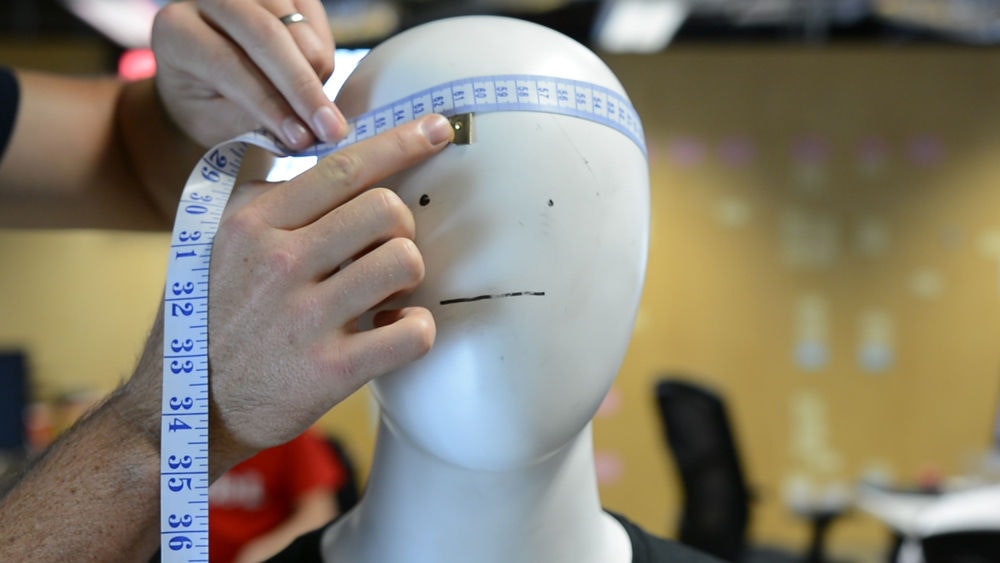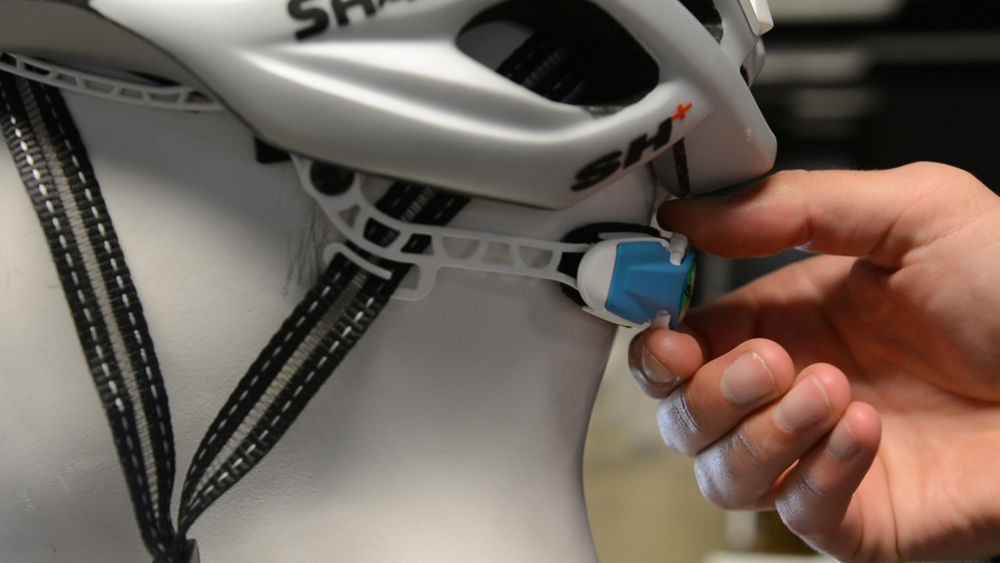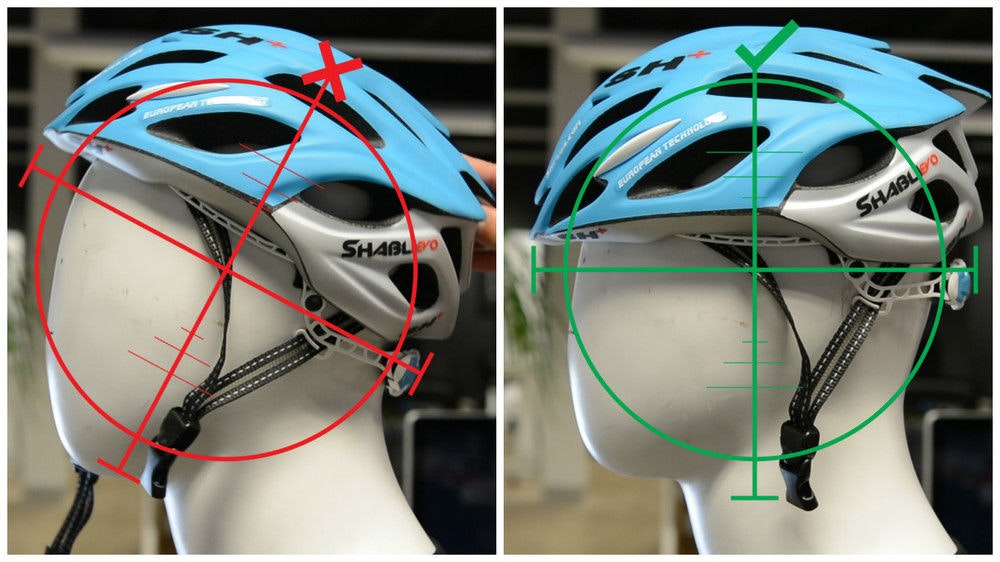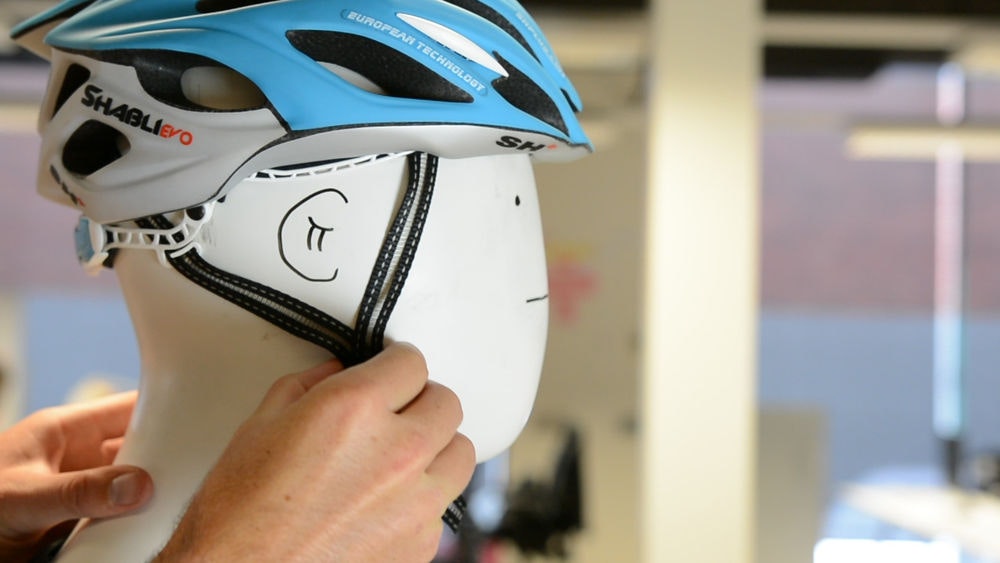Why is it important?
Helmets protect the most important thing we have and, when you consider that an Government report into Cycling Safety found that cyclists comprise 3 percent of all road fatalities and 15 per cent of all road hospitalizations, anything cyclists can do to increase their safety is a good thing.
Without trying to be too dramatic, wearing an approved, properly-fitted helmet can be the difference between surviving a crash or not.
It's obviously very important to wear a helmet, and required by law, but there's no point having a helmet on your head if it's not properly fitted and secured.
Here is a quick and easy step-by-step guide on how to properly fit a bicycle helmet.
Measure your head circumference.
Helmets come in a variety of sizes. It's not a case of one size fits all, so knowing your head circumference will help you choose the correct size helmet.
If you are on the borderline of a helmet size range, go up a size rather than trying to squeeze into one. It is easier and safer to fit a slightly larger helmet than try and fit into an improperly fitting one. It's also worth considering that in the colder months you may be wearing a cycling cap, skull cap or headband to keep you warm. If your helmet is too small it won't have the additional room to fit these items.

Loosen everything
Before you put your helmet on, loosen the helmet adjustable ratchet system, chin strap and ear strap. Once the helmet is on you can progressively tighten all of these to get the perfect fit, but start with them at the maximum extension.

Spirit level
Put the helmet on making sure it's straight and level. Be aware of any tilting front to back, or angle left or right. And of course, make sure it is on the correct way.

Tighten the straps
Once you are happy with the position of the helmet, tighten the helmets adjustable ratchet system. Depending on the brand of helmet this could be at the back, on top or another location. Be sure to know where it is and how it operates.
The helmet should be tight enough to stay on without the assistance of the chin strap and shift as you move your head around. As a visual, if you were upside down the helmet would stay on your head without the assistance of the chin strap.
Now it's time to size up the chin strap. Connect the chin strap and adjust the tightness so that one finger can fit underneath but no more. If the chin strap is too loose, the helmet could come off in the event of a crash, too tight and it will make for a very uncomfortable ride.
The final step is to adjust the ear strap so that no part of the strap is rubbing on your ear.




